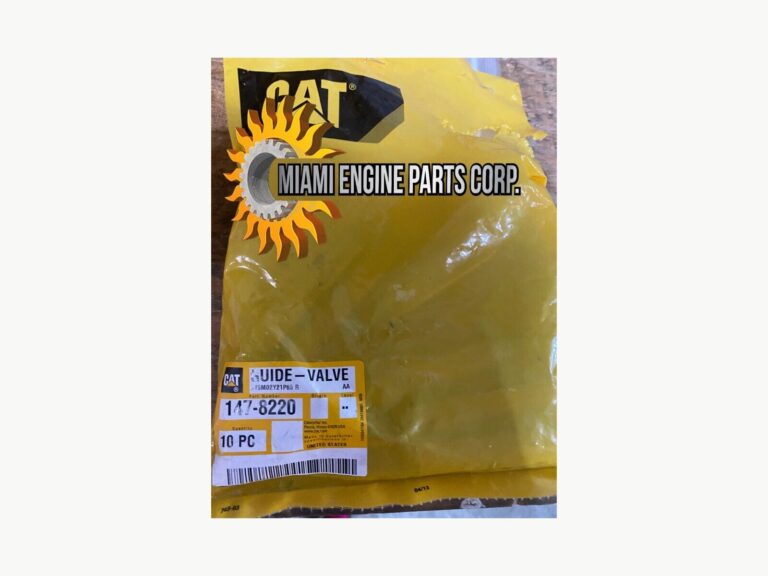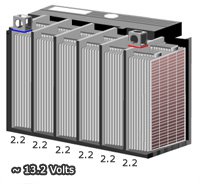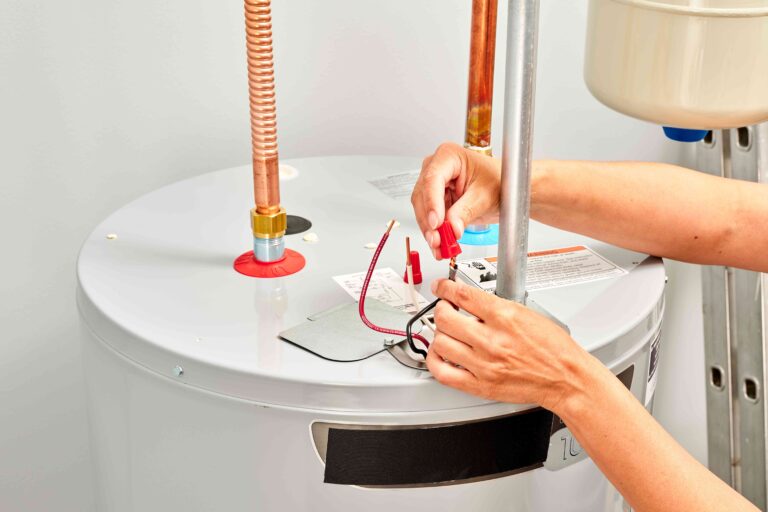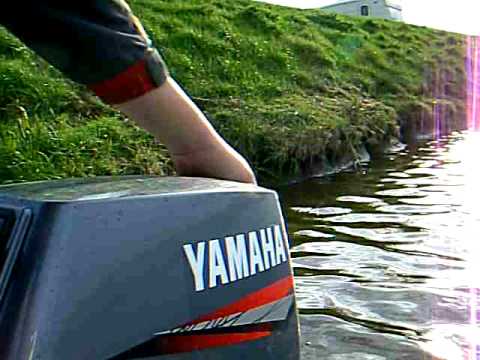How to Tell If Gas Has Oil in It
To determine if gas has oil in it, check if it feels oily when rubbed between your fingers or put a drop on plain white paper and see if it leaves an oil spot. Additionally, the color of gasoline mixed with oil may appear browner than fresh fuel, and occasionally, you may notice a blue or green oil-mixed gas.
However, the presence of oil in gas can cause various issues such as deposits on spark plugs and injector clogs. It’s crucial to ensure that there is no oil mixed in your gasoline to maintain the proper functioning of your vehicle or machinery.

Credit: m.youtube.com
Differentiating Oil-Mixed Gasoline
Gasoline mixed with oil can exhibit changes in appearance and color. When gasoline is mixed with oil, it may have a browner hue compared to fresh fuel. Additionally, the mixed fuel may appear bolder in color than regular unleaded gasoline.
In rare cases, oil-mixed gas can even have a blue or green tint. Another way to differentiate oil-mixed gas is through odor detection. If you suspect that there is oil in your gas, you can try rubbing it between your fingers to see if it feels oily.
Another method is to put a drop of the gas on a plain white paper. If it dries completely, it is likely to be gasoline only. However, if there is an oil spot, then oil is present in the gas.
These visual and olfactory cues can help you determine if your gasoline contains oil.
Testing Methods
To test if gas has oil in it, rub a small amount between your fingers. If it feels oily, then it likely contains oil. Another method is to put a drop on plain white paper. If the gas evaporates completely and leaves no residue, it’s pure gasoline.
However, if there is an oil spot left behind, then oil is mixed in. This can happen if there is an issue with the fuel mixture or if the oil and gas were not properly separated. It’s important to be able to detect oil in gas as it can cause problems such as clogged injectors or deposits on spark plugs.
Regularly checking the quality of your gas can help prevent these issues and keep your engine running smoothly.
Potential Consequences Of Oil-Contaminated Gasoline
Gasoline can sometimes contain oil, and this can lead to potential consequences. One consequence is spark plug deposits. When oil contaminates the gasoline, it can cause deposits to form on the spark plugs, which can interfere with their performance. These deposits can affect the spark plugs’ ability to produce an ignition spark, leading to issues like misfires or difficulty starting the engine.
Another consequence is injector clogs. Oil in the gasoline can also cause clogs in the fuel injectors, which are responsible for delivering fuel to the engine. When the injectors become clogged, the fuel flow can be restricted or disrupted, resulting in poor engine performance and fuel efficiency.
It is important to be aware of these potential consequences and take steps to prevent oil contamination in gasoline to maintain the optimal performance of your vehicle.
Frequently Asked Questions For How To Tell If Gas Has Oil In It
How Can You Tell If There Is Oil In Gasoline?
You can tell if there is oil in gasoline by checking the color. Gasoline mixed with oil may have a browner color than fresh fuel. You can also look for a blue or green hue, although this is rare. Another way to check is by rubbing it between your fingers, as oil will feel oily.
Additionally, you can put a drop on plain white paper and let it evaporate. If there is oil mixed in, you will see an oil spot.
What Color Is Gasoline Mixed With Oil?
Gasoline mixed with oil may have a brown or bold shade, but rarely blue or green.
What Happens If Oil Gets In Your Gas?
If oil gets in your gas, it can cause deposits on spark plugs and clog injectors.
Will Oil Float On Gasoline?
Oil will not float on gasoline because they have different densities. Gasoline is lighter and will float on top of oil.
Conclusion
To determine if gas has oil in it, there are a few methods you can use. One way is to rub the gas between your fingers to see if it feels oily. Alternatively, you can place a drop of the gas on a white paper and observe if it leaves an oil spot or not.
If there is no oil present, the paper will dry completely once the gas evaporates. However, if there is oil mixed with the gas, you will notice an oil spot on the paper. It’s important to note that the colors of gasoline mixed with oil may be browner or have a bolder shade than unleaded diesel.
Although it may cause deposits on spark plugs or clog injectors, oil can be dissolved by gasoline. Be sure to avoid any potential engine issues by choosing the correct oil mix ratios and following best practices when mixing gas and oil.







